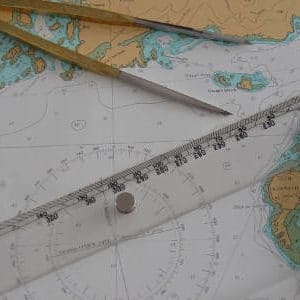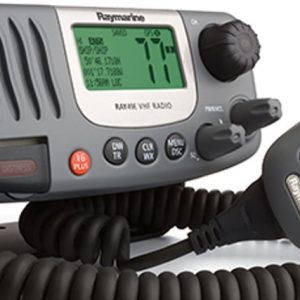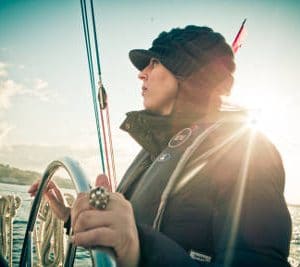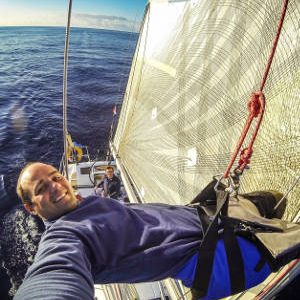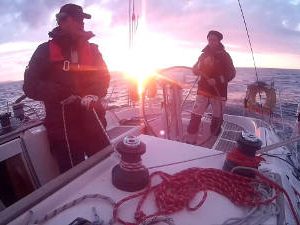Yachtmaster Offshore Exam Syllabus
Candidates may be given the opportunity to demonstrate knowledge of competence in the areas listed below. In each section the examiner will expect to see the candidate take full responsibility for the management of the yacht and crew. In Yachtmaster Offshore exams the candidate will be expected to demonstrate competence based on broad experience.
1. International Regulations for Preventing Collisions at Sea
Questions will be confined to the International Regulations and although candidates must be aware of the existence of Local Regulations, they will not be expected to memorise specific local regulations.
General rules (1-3)
Steering and sailing rules (4-19)
Lights and shapes (20-31)
Sound and light signals (32-37)
Signals for vessels fishing in close proximity (Annex II)
Distress signals (Annex IV)
2. Safety
Candidates will be expected to know what safety equipment should be carried on board a yacht, based either on the recommendations in the RYA Boat Safety Handbook (C8), the ISAF Special Regulations or the Codes of Practice for the safety of Small Commercial Vessels. In particular, candidates must know the responsibilities of a skipper in relation:
Safety harnesses
Lifejackets
Distress flares
Fire prevention and fighting
Liferafts
Knowledge of rescue procedures
Helicopter rescue
3. Boat Handling
Candidates for Coastal Skipper examinations will be expected to answer questions or demonstrate ability in simple situations only. Candidates for Yachtmaster Offshore will be expected to answer questions or demonstrate ability in more complex situations and will also be expected to show a higher level of expertise:
Coming to and weighing anchor under power or sail in various conditions of wind and tide
All berthing and unberthing situations in various conditions of wind and tide
Recovery of man overboard
Towing under open sea conditions and in confined areas
Boat handling in confined areas under sail
Boat handling in heavy weather
Helmsmanship and sail trim to sail to best advantage
Use of warps for securing in an alongside berth and for shifting berth or winding
4. General Seamanship, including maintenance
Properties, use and care of synthetic fibre ropes
Knots
General deck-work at sea and in harbour
Engine operations and routine checks
Improvisation of jury rigs following gear failure
5. Responsibilities of skipper
Can skipper a yacht and manage the crew
Communication with crew
Delegation of responsibility and watch-keeping organisation
Preparing yacht for sea and for adverse weather
Tactics for heavy weather and restricted visibility
Emergency and distress situations
Victualling for a cruise and feeding at sea
Customs procedures
Standards of behaviour and courtesy
6. Navigation
Charts, navigational publications and sources of navigational information
Chartwork including position fixing and shaping course to allow for tidal stream and leeway
Tide and tidal stream calculations
Buoyage and visual aids to navigation
Instruments including compasses, logs, echo sounders, radio navaids and chartwork instruments
Passage planning and navigational tactics
Pilotage techniques
Navigational records
Limits of navigational accuracy and margins if safety
Lee shore dangers
Use of electronic navigation aids for passage planning and passage navigation
Use of waypoints and electronic routeing
7. Meteorology
Definition of terms
Sources of weather forecasts
Weather systems and local weather effects
Interpretation of weather forecasts, barometric trends and visible phenomena
Ability to make passage planning decisions based on forecast information
8. Signals
Candidates for Yachtmaster Offshore and Coastal Skipper must hold the Restricted (VHF only) Certificate of Competence in radiotelephony or a higher grade of certificate in radio telephony.
Candidates must also hold a valid first aid certificate from a specific list of approved first aid certificates by the RYA. Most first aid certificates are valid for 3 years.

